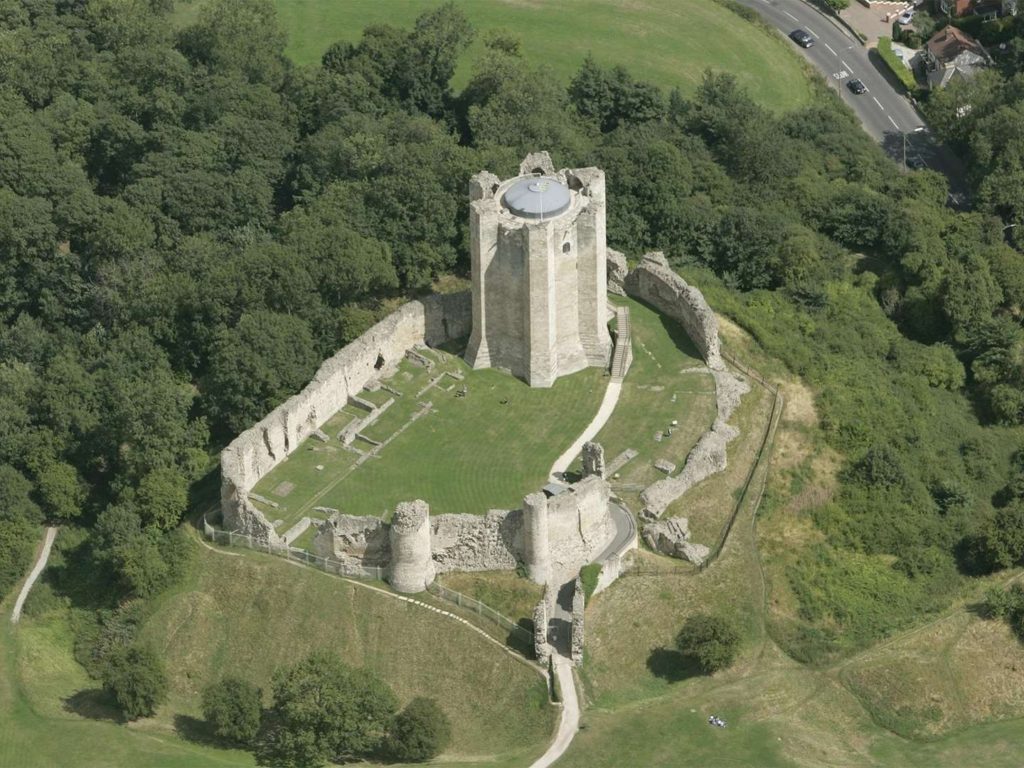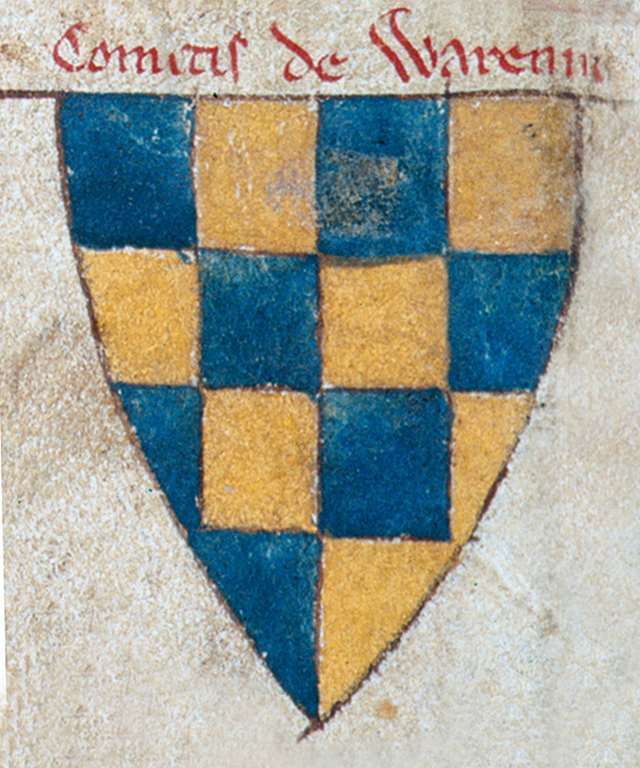Hamelin of Anjou, or Hamelin de Warenne as he would become known years later, was the illegitimate son of Geoffrey Plantagenet, Count of Anjou, Touraine, and Maine. His mother seems to have been Adelaide of Angers; he also had two illegitimate half-sisters – Emma and Mary of Anjou. Hamelin himself was born soon after his father’s marriage to Empress Matilda, daughter and heiress of King Henry I of England, the woman whom Geoffrey didn’t quite like perhaps because of their age difference.

The first King of the House of Plantagenet ensured that Hamelin would transform into a rich and well-connected aristocrat. First of all, Hamelin was granted lands in Touraine on the continent, so he was styled Vicomte de Touraine. To cement an alliance with the de Warenne family, Henry selected a suitable bride for Hamelin – young Isabel de Warenne, Countess of Surrey, who was the only daughter and sole heiress of William de Warenne, 3rd Earl of Surrey and his wife Adela. By arranging a marriage of his half-brother to one of the wealthiest heiresses in England, Henry succeeded in keeping the de Warenne estates in the hands of his trusted relative. Interestingly, Isabel’s first husband was William of Blois, Count of Boulogne, a younger son of the late King Stephen, whom Henry II and his parents had battled against during the Anarchy.
The wedding of Hamelin of Anjou and Isabel de Warenne was lavishly celebrated in April 1164. Hamelin was now married to an indirect descendant of William the Conqueror: his wife’s father, William de Warenne, had been the 2nd cousin of the Conqueror and received lordships and lands in England for his military services at the Battle of Hastings. Afterwards, Hamelin took the surname de Warenne and became Earl of Surrey by right of his spouse, although he was often styled Comte de Warenne. The marriage seemed to be a happy one and produced four children.


Hamelin was one of those who escorted the monarch’s youngest daughter, Joanna, to Sicily for her marriage to King William of Sicily. Remarkably, Hamelin was the only illegitimate man with royal blood who was not a son of the king but who was nevertheless elevated to an earldom during the 12th century. King Henry II must have loved Hamelin very much, for Hamelin’s quick ascendancy to power through royal service is truly remarkable. Perhaps Henry and Hamelin shared a close bond since childhood if Hamelin had been raised within the household of one of his royal half-brothers, Mathilda and Geoffrey’s legitimate sons, but this cannot be proved.
Following the death of Henry II, Hamelin de Warenne remained loyal and devoted to the next monarch – King Richard the Lionheart, who was his nephew. During Richard’s absence on the Third Crusade, Hamelin sided not with the nobles supporting Prince John, but with William Longchamp, who had been appointed Lord Chancellor and Chief Justiciar soon after Richard’s accession in 1189. During King Richard’s captivity in Germany after he had been seized on the way back from the Holy Land, Hamelin worked with the king’s mother, Eleanor of Aquitaine, acting as one of the treasurers to raise funds for Richard’s ransom. After the Lionheart’s release and return to England, Hamelin attended the second coronation of his liege lord in 1194.
After his nephew’s untimely passing, Hamelin’s allegiance was transferred to King John I. In spite of his advancing age, Hamelin was present at John’s coronation in 1199. We don’t know a lot about Hamelin’s relationship with King Henry II’s youngest son, save that the man’s loyalty remained unshakable. Interestingly, one of Hamelin and Isabel’s daughters – Clemence also called Adela – became the mistress of her cousin Prince John long before John’s kingship. In 1190 when both Isabel and Hamelin were still alive, Adela birthed John’s bastard – Richard FitzRoy, Baron of Chilham in Kent. It is difficult to imagine her parents approving of her illicit affair.

All images are in the public domain.
Text © 2020 Olivia Longueville


